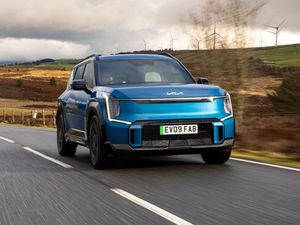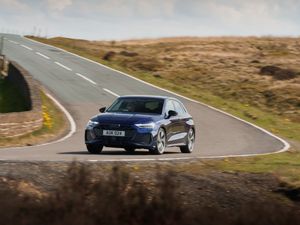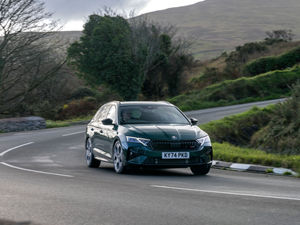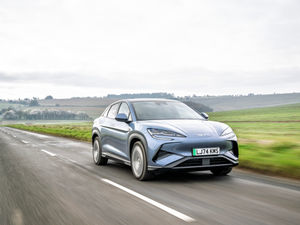UK Drive: Is the Genesis GV80 a worthy range-topper for this premium brand?
Can the Genesis GV80 square up to well-established rivals like the BMW X5 and Mercedes GLE? Ted Welford finds out.
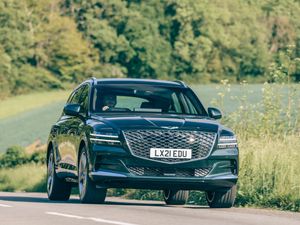
What is it?
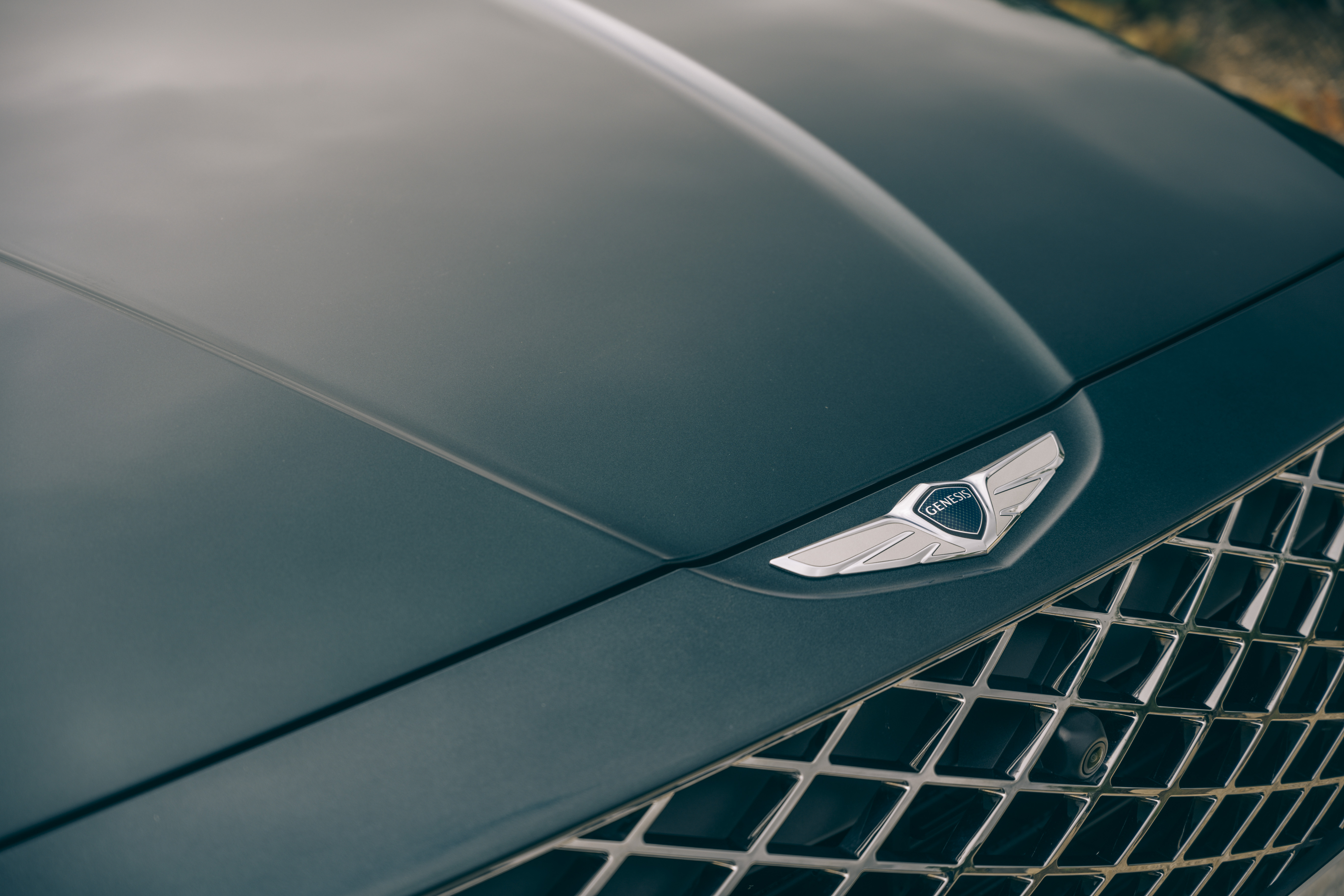
The premium large SUV segment is, without doubt, one of the toughest for a new car brand to make its mark on. Though buyers of more value-orientated models might be tempted by something different, those spending north of £60,000 will likely head in the direction of a car with a Range Rover badge on the bonnet or an option from established premium German brands.
But new South Korean brand Genesis is happy to fight it out and it’s the GV80 that serves as an alternative to the BMW X5 and Mercedes GLE. But is it good enough?
What’s new?
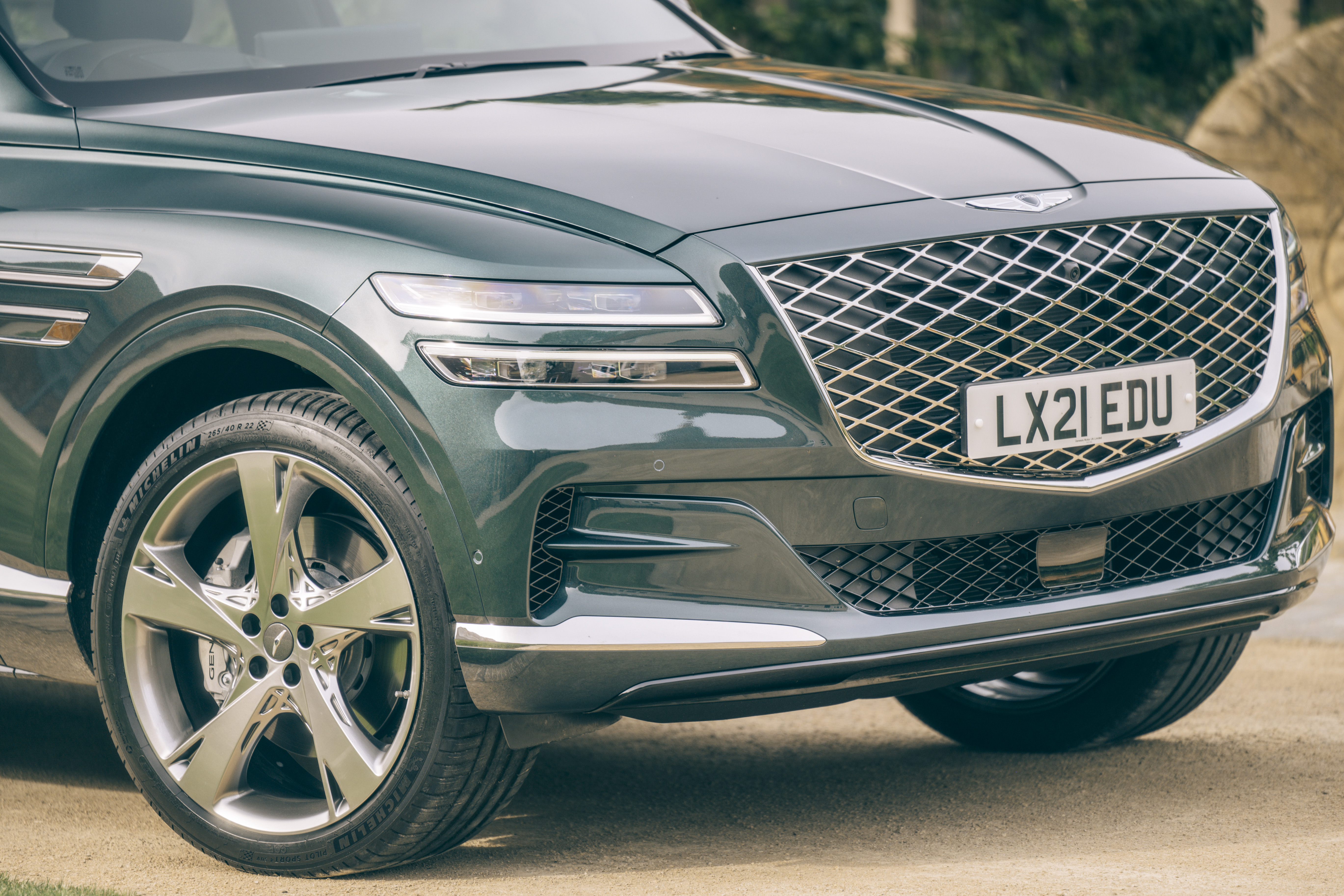
The GV80 was one of the first Genesis cars to arrive in the UK back in 2021 when it first launched, and it certainly stood out. With Bentley-like front-end styling, a plush interior and a range of technology, it certainly all looked positive.
Changes to the GV80 have been fairly small since its introduction, but there has been the introduction of a ‘Sport’ trim we’re trying here, bringing huge black 22-inch alloy wheels and some bronze-coloured finishings. There are revised infotainment controls inside to improve usability as well.
What’s under the bonnet?
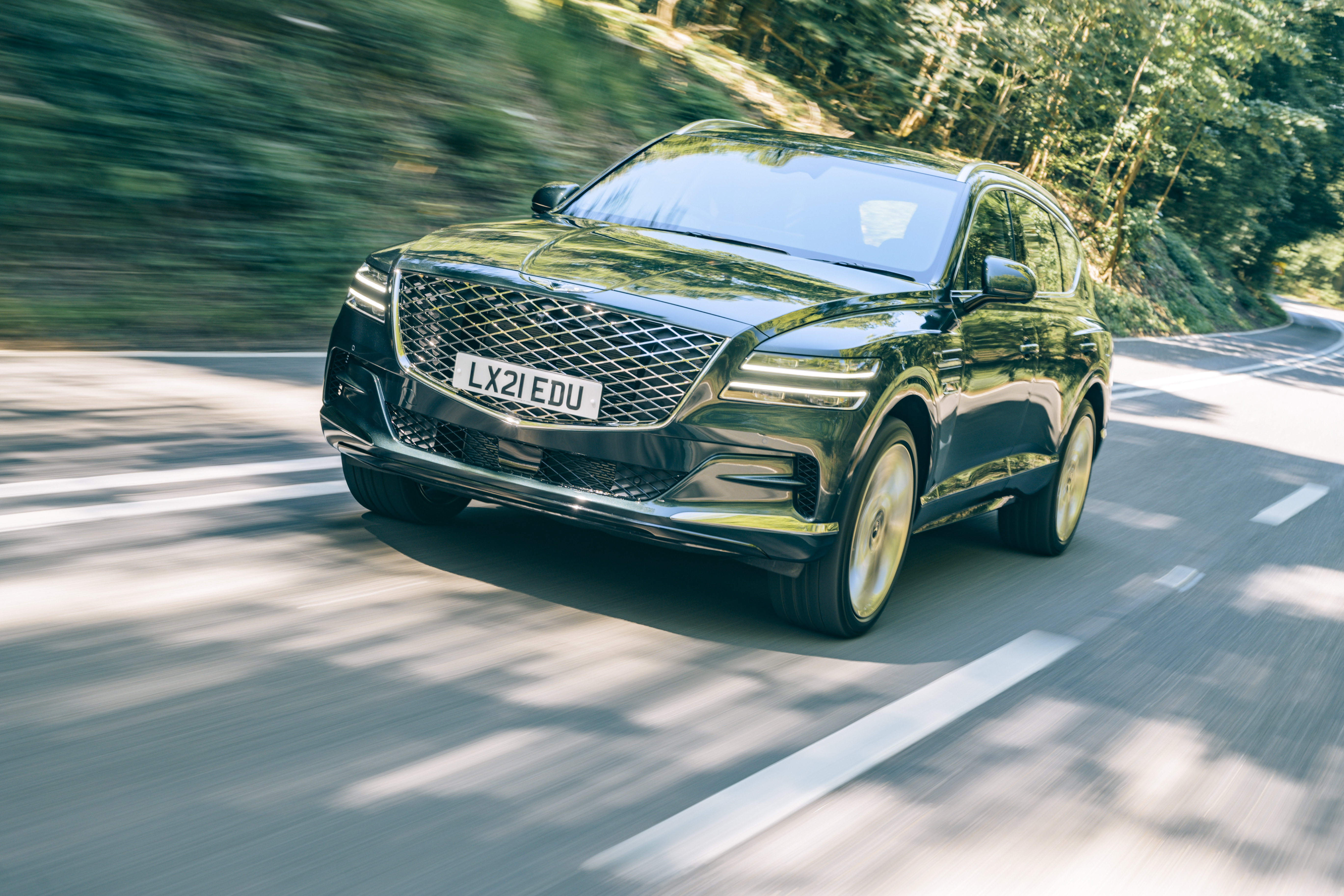
While originally you could have the GV80 with the option of diesel power under the bonnet, it’s now only available with petrol power. It’s fairly old-school in the fact there’s no electrification at all here, not even the mild-hybrid systems often adopted on large SUVs like this.
Using a 2.5-litre petrol engine paired to an eight-speed automatic gearbox, the drive is sent to all wheels. It puts out 300bhp and 422Nm of torque, which sounds plenty, but it’s worth noting this is a 2.1-tonne SUV. Accelerating to 60mph takes 7.5 seconds, with 147mph possible if maxed out.
Efficiency is a sore subject, however, with the GV80 managing just 26mpg on paper, while 242g/km CO2 emissions are very high for a non-performance SUV. On everything but motorway driving, we were disappointed by the GV80’s economy, even considering its size.
What’s it like to drive?
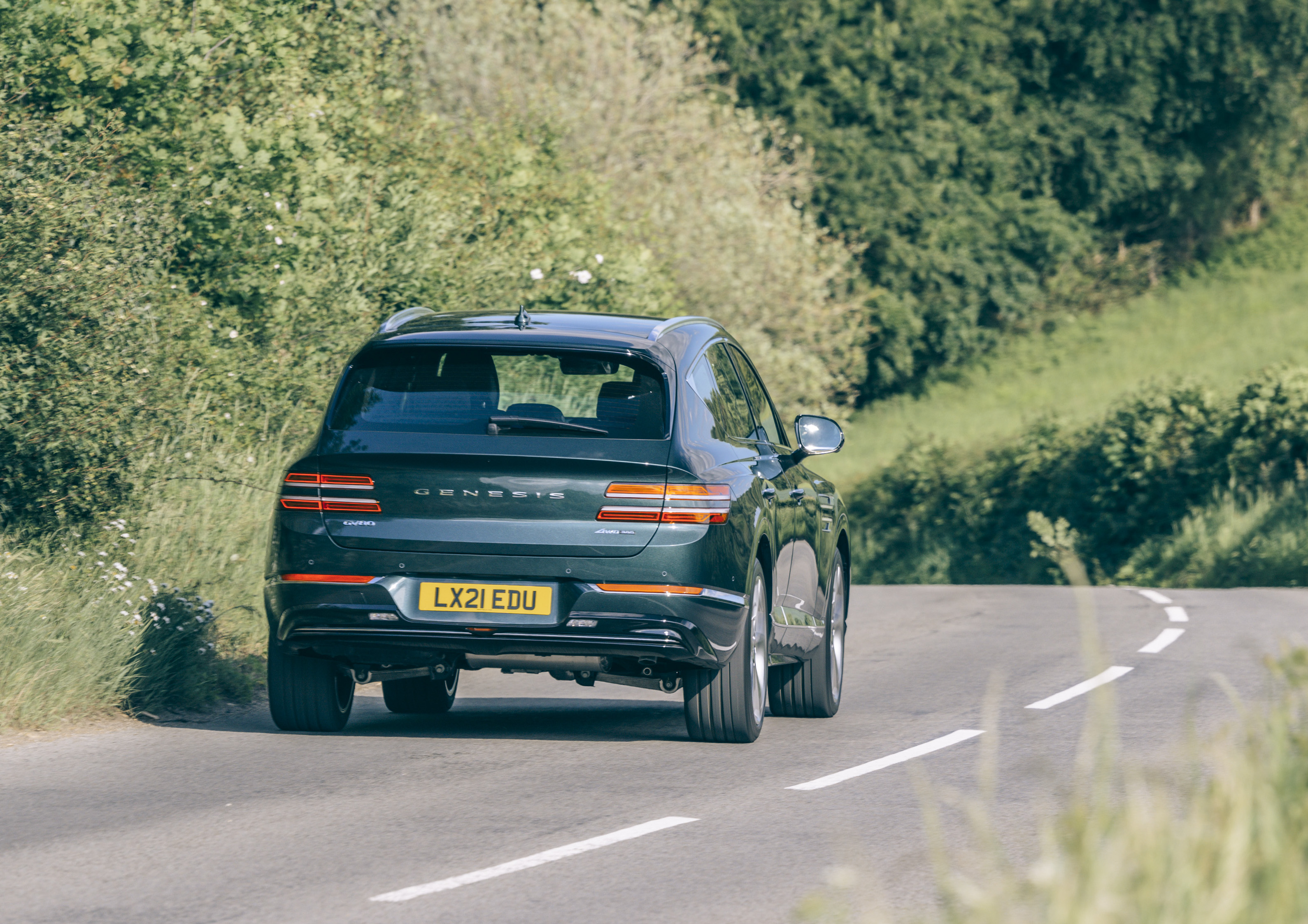
While our GV80 might have ‘Sport’ in its name, this is purely visual, as this isn’t the route this model takes. The four-cylinder engine isn’t as nice as the silky-smooth six-pot units you get in BMWs and Mercedes’, and it’s neither particularly quick nor very efficient, as we’ve mentioned.
At nearly 5m long, the GV80 is a big old car, but it largely hides its size quite well, with fairly light steering making it easy to manoeuvre while a full suite of cameras, including those showing if anything is in your blind spot, means it’s fairly easy to drive.
You’d expect the GV80 to be a very comfortable cruiser, but we found the ride unsettled, admittedly not helped by the big 22-inch alloy wheels. Though the engine is quite coarse, the high-speed refinement is superb, and it’s a fantastic car for long journeys, aided further by features like lane-change assist.
How does it look?
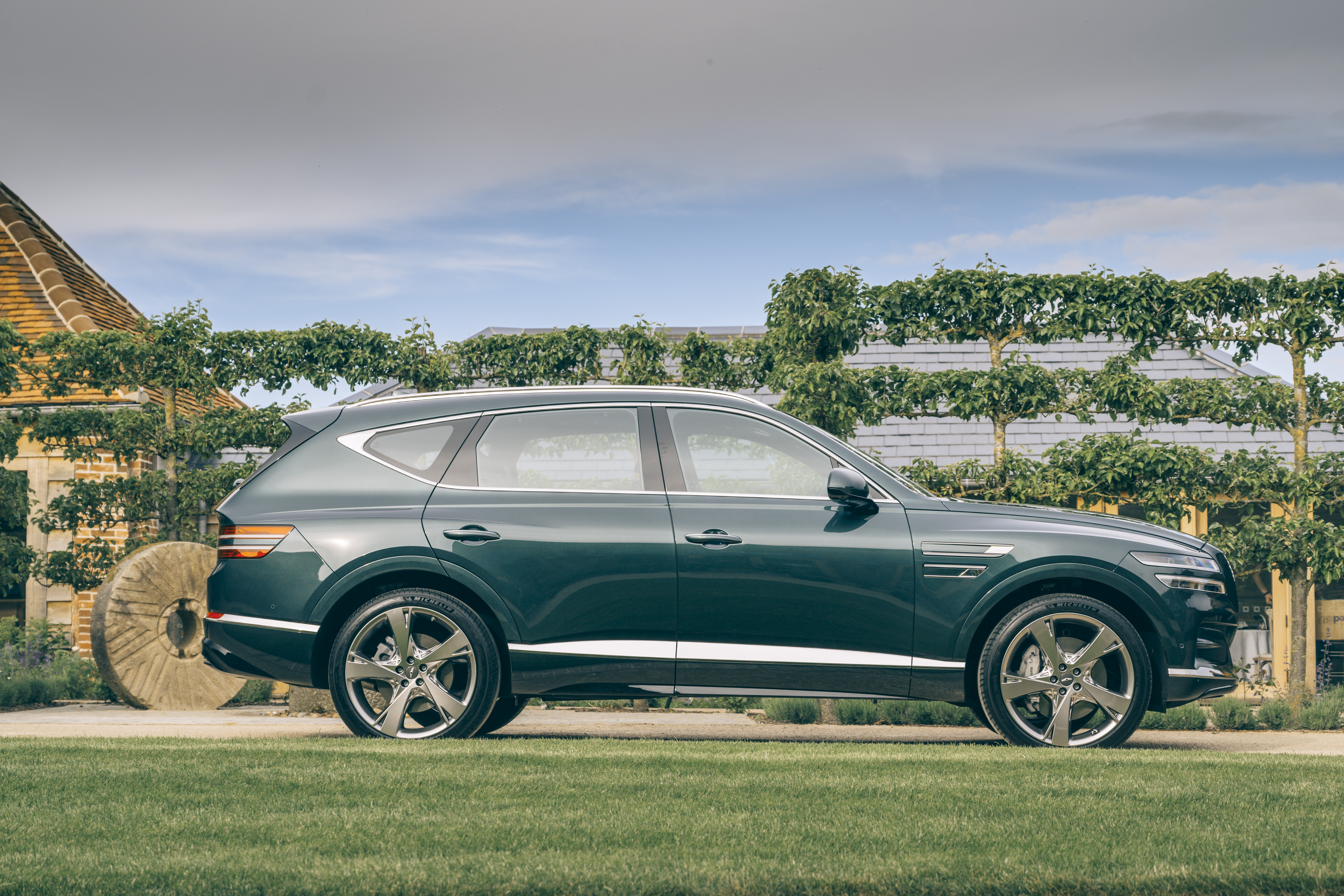
The front end of the GV80 most certainly gets this SUV noticed. With a huge crested pattern, you can see the similarities to a Bentley. It’s not brash, but not exactly elegant either.
But aside from the grille, the GV80 is a smart-looking SUV, with clean lines that run down the sides. We particularly like the twin-light indicators which can be seen all down the side of the car. It’s a very cool signature and an ingenious one at that.
Though some might prefer the more elegant style of other GV80s, we liked how it looked in Sport trim, with the huge black wheels and various subtle bronze detailing elements really adding to the striking appearance of this SUV.
What’s it like inside?
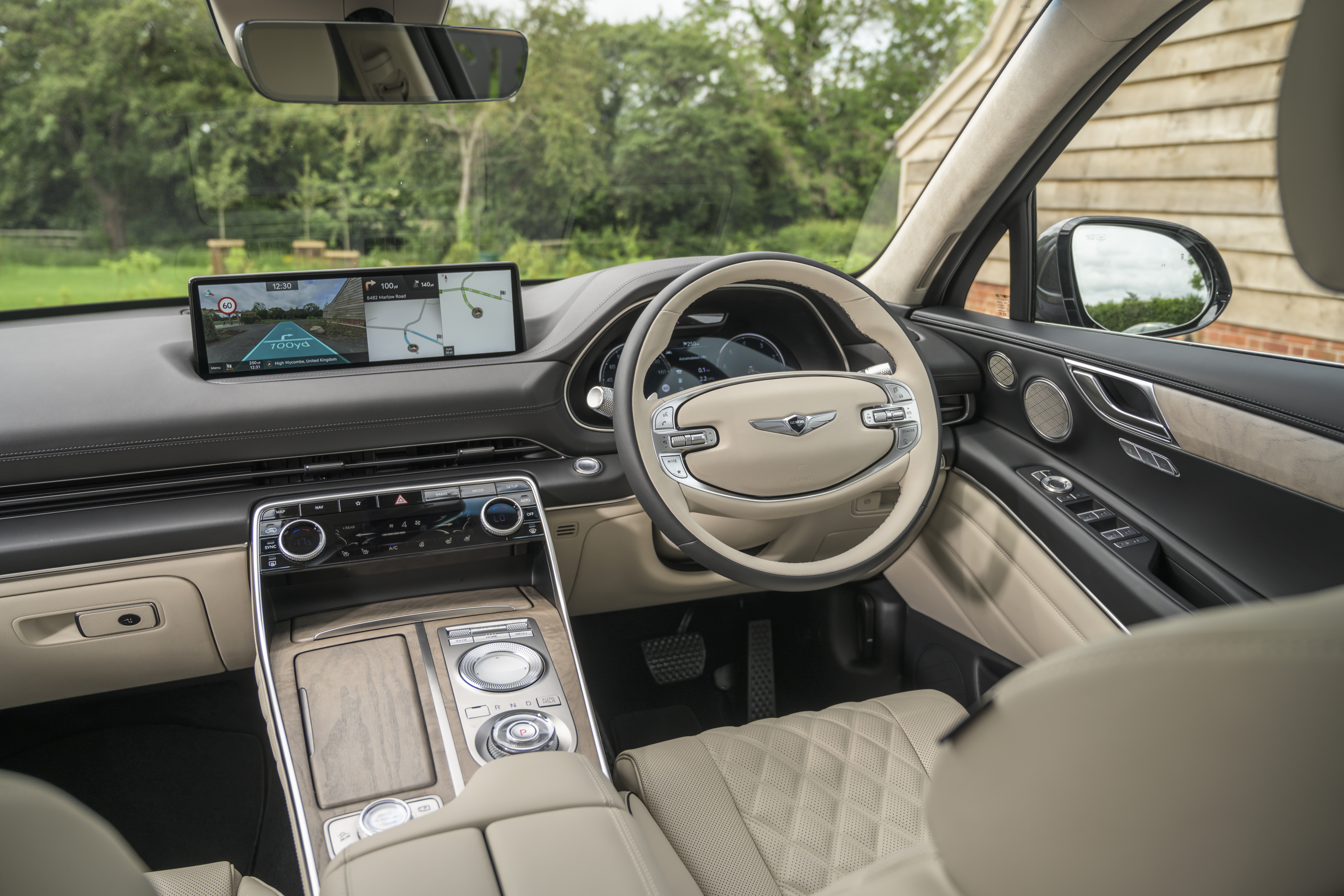
New brands often try and fail to match the interior quality of other premium brands, but we’d argue that’s not the case with the GV80. Its cabin is the best thing about it, in some areas – such as the real aluminium and plush leather – we’d even say it feels more ‘luxury’ than premium. Despite the widescreen 14.5-inch touchscreen, you still have a rotary controller to operate it, while we rate the fact there’s an ever-present climate menu with real buttons.
There are plenty of luxuries for those in the back, with electric rear seats and a full climate menu on top-spec models. Considering the GV80’s huge size, rear space isn’t all that impressive, though, and it doesn’t feel much bigger here than far smaller SUVs. The 735-litre boot of this Genesis is huge, though, and though our car was a five-seater, you can choose it in six and seven-seat configurations.
What’s the spec like?
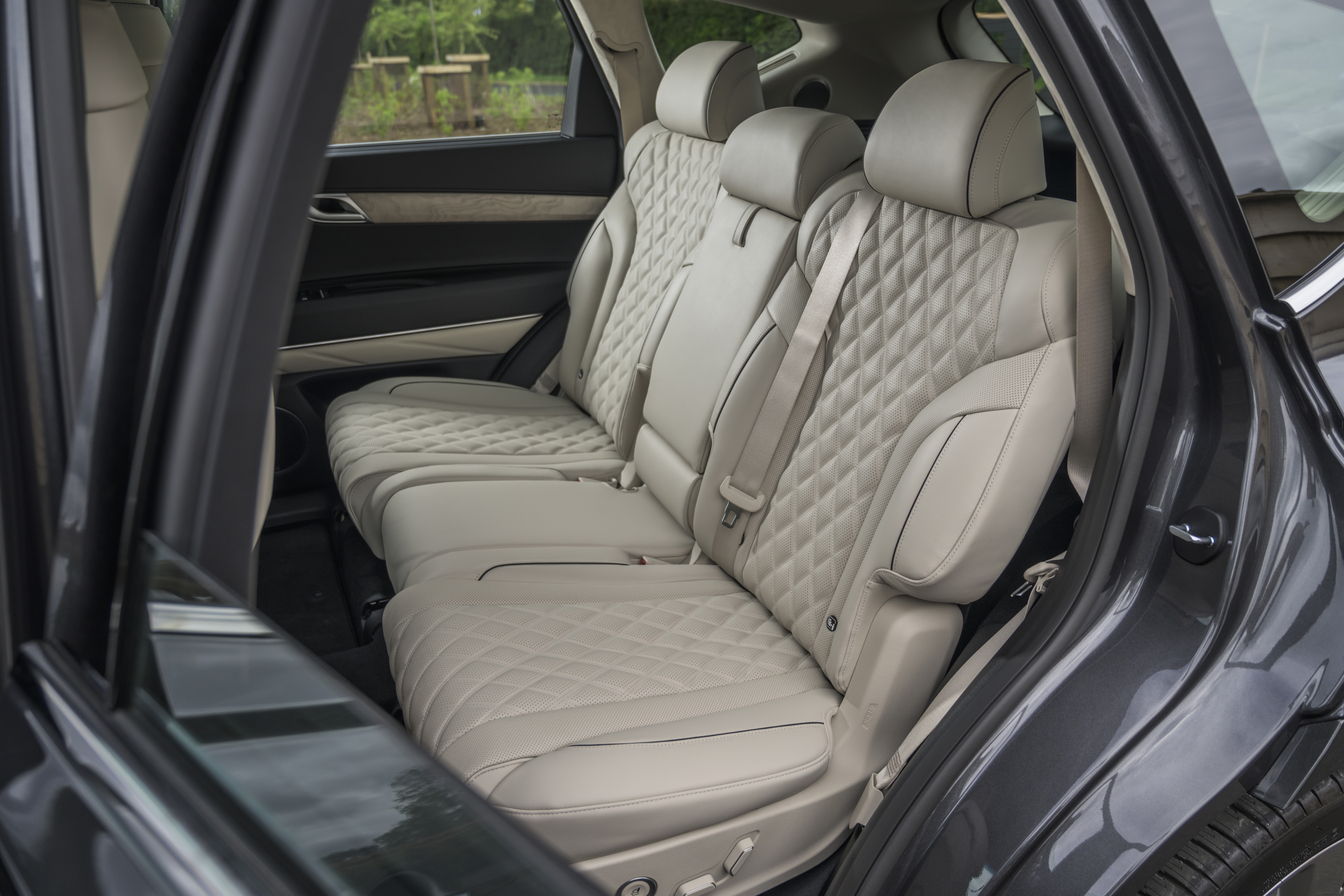
Regardless of which GV80 you choose, the level of equipment offered is particularly generous, with the standard Premium model coming with the large 14.5-inch touchscreen, keyless entry, dual LED headlights and a full range of driver assistance kit. Luxury and Sport models bring 22-inch alloy wheels and quilted leather seats, while the flagship Luxury Plus gets everything you could possibly want, such as a head-up display, soft-closing doors and electric seats for those in the rear.
Prices for the Genesis GV80 start from £60,525, significantly undercutting rivals like the Mercedes GLE and BMW X5, which start at £77,985 and £68,165 respectively. That said, if you aren’t careful with the number of options you choose, the GV80’s price quickly increases, with our full-laden model coming in just below £80,000.
Verdict
Entering the premium SUV segment is a challenge, and in some areas, Genesis has mastered it. Though it doesn’t yet have the brand image of some rivals, the GV80 looks and feels like a genuinely premium product. Throw in the lower (starting) price and the fact the GV80 come with a generous five-year care package, including free servicing for that time, and it’s easy to be tempted.
But the driving experience and decidedly-average engine in this SUV leaves a lot to be desired and shows that the GV80 just isn’t quite there yet to truly compete at this tough end of this segment.


